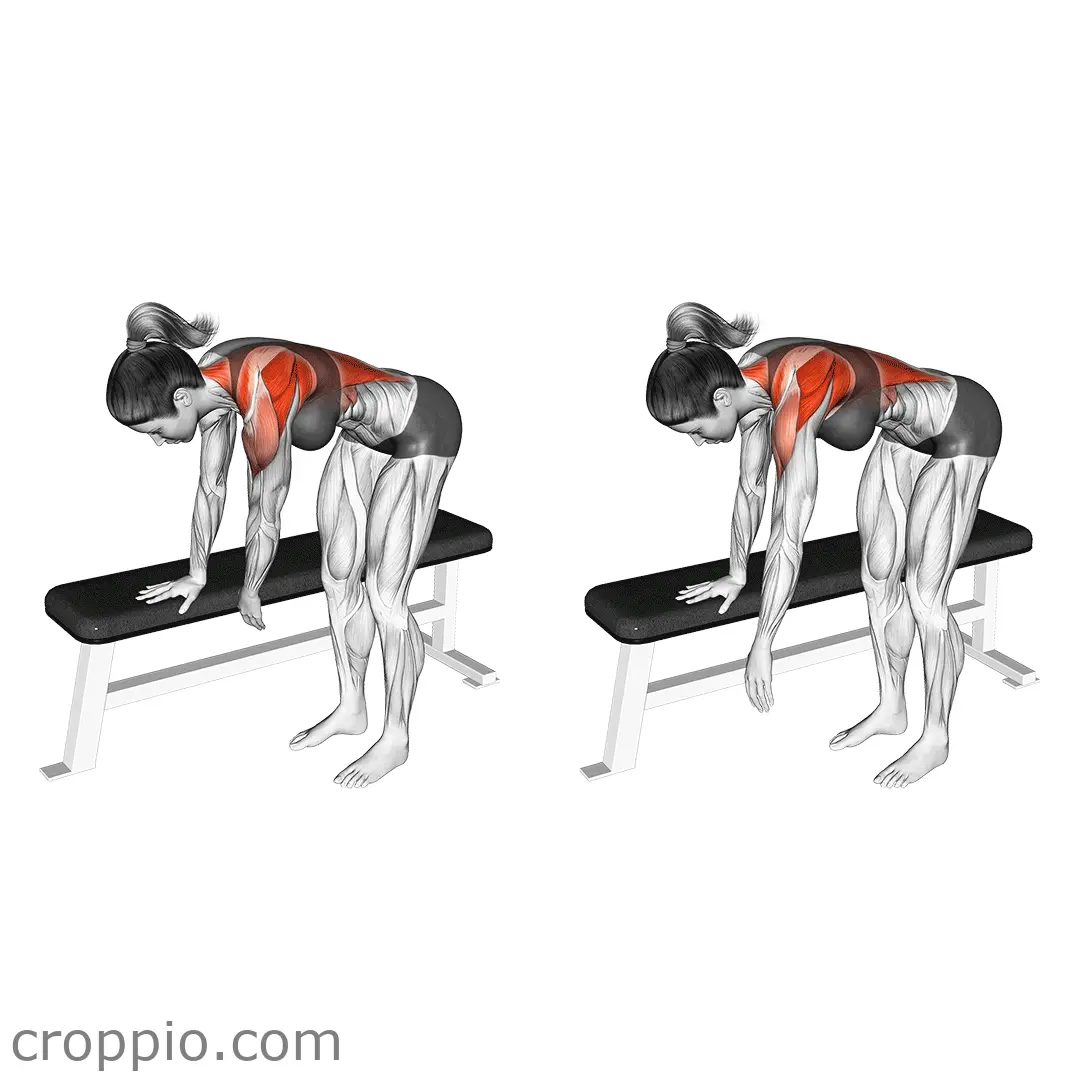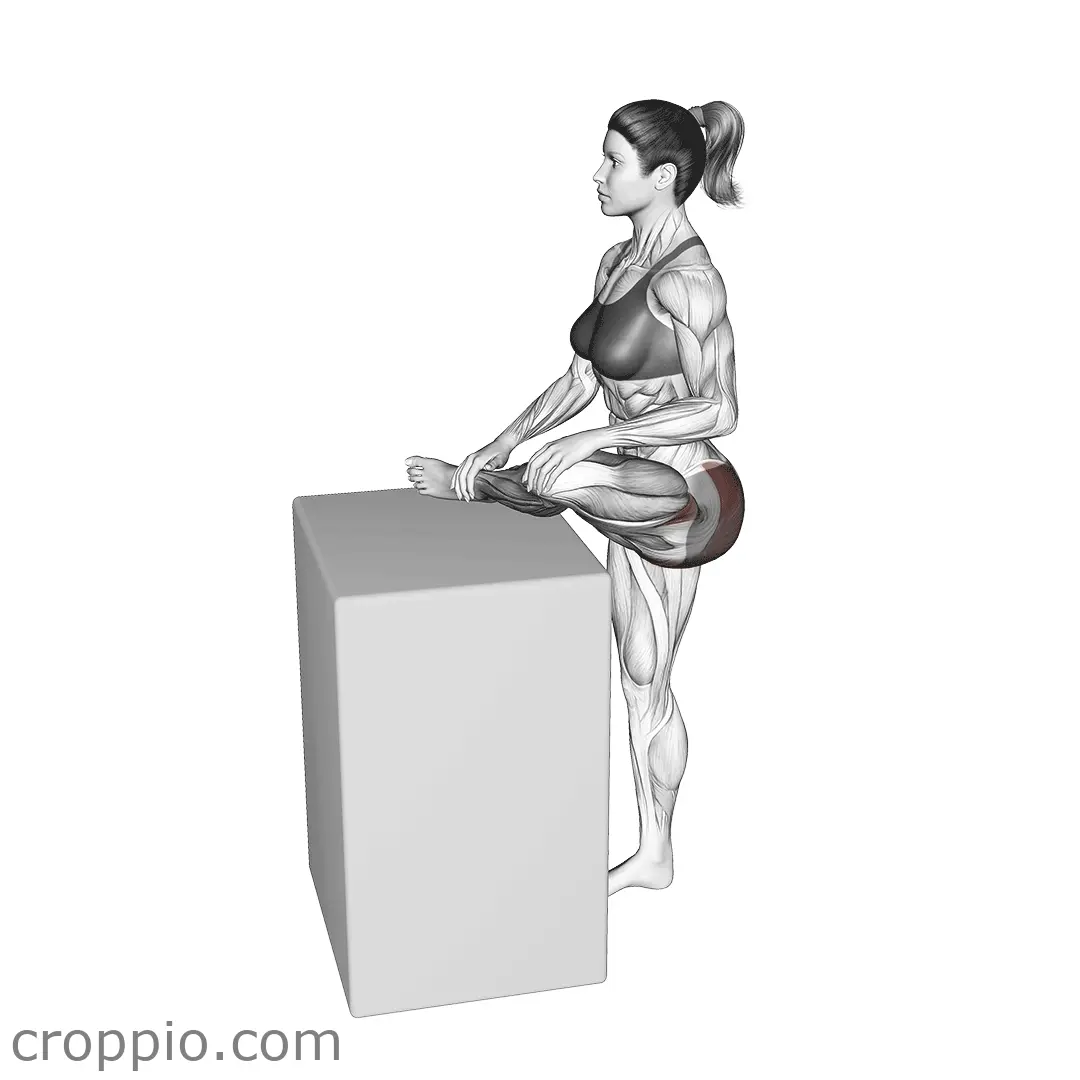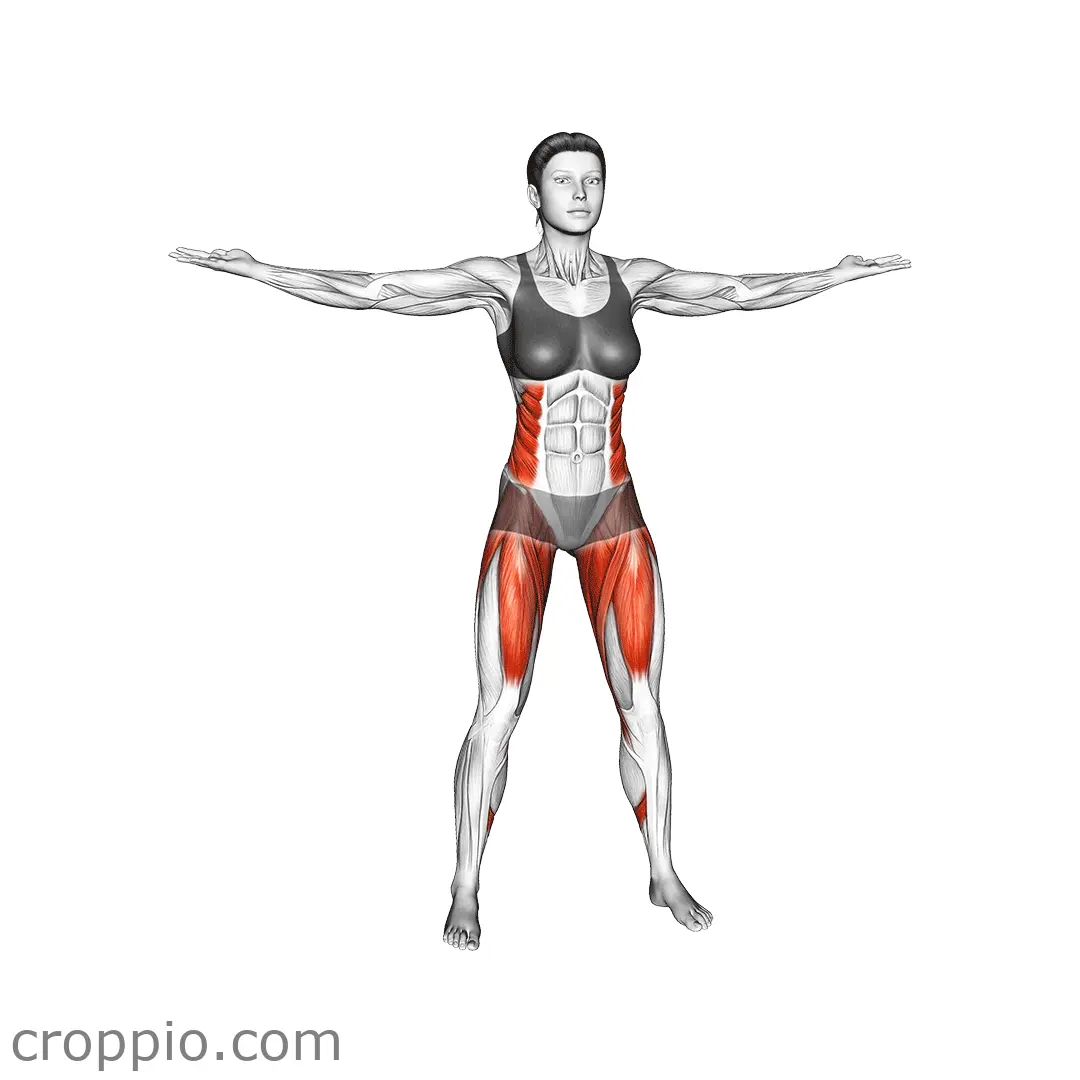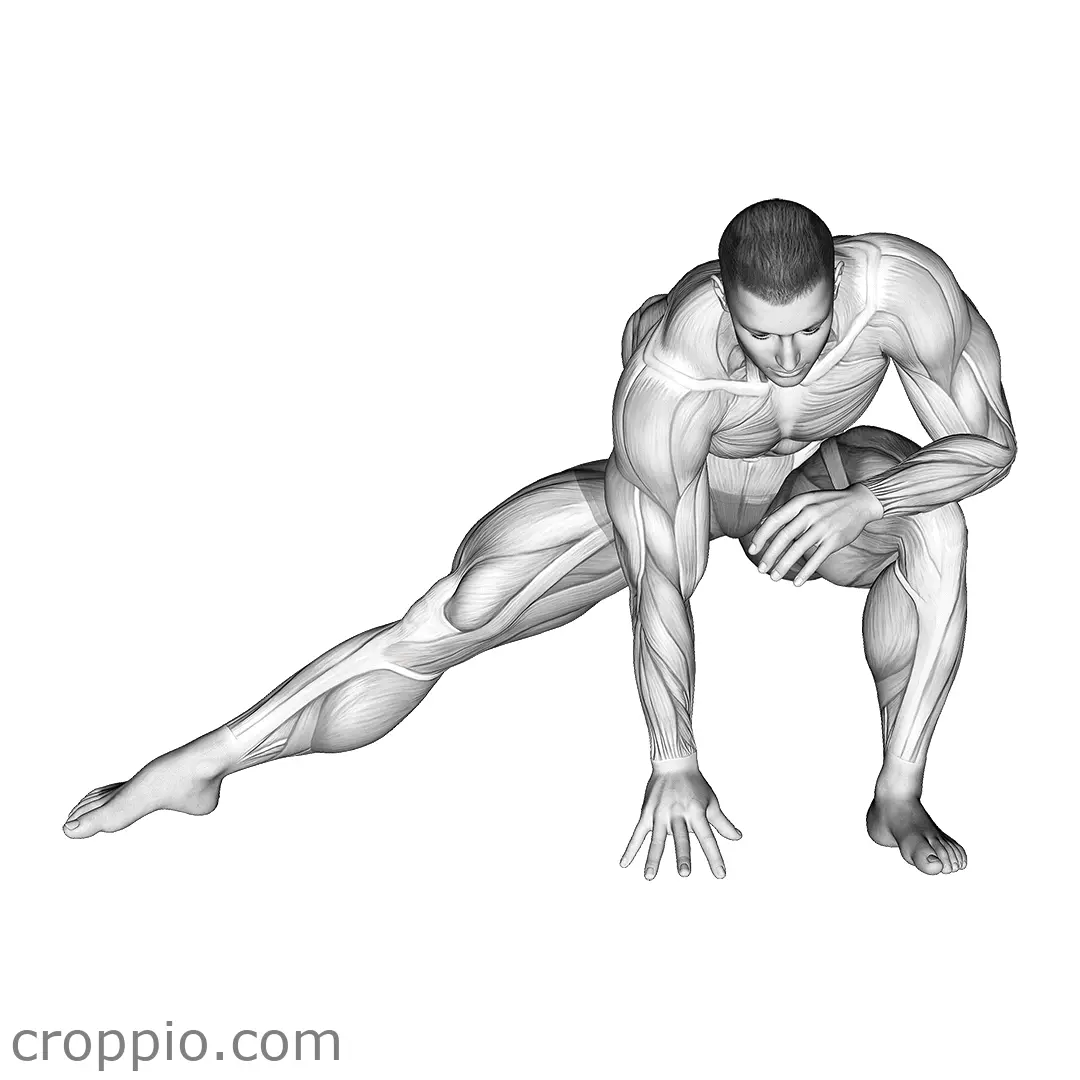Hip Circle
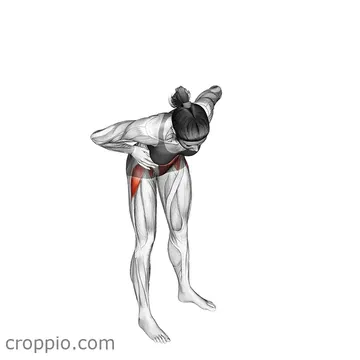
Muscles Involved
The hip circle exercise primarily targets the gluteus medius and gluteus minimus, which are essential for hip stability and mobility. These muscles play a crucial role in lateral movement and maintaining balance. Additionally, the exercise activates the quadriceps, hamstrings, and adductors, providing a comprehensive workout for the lower body. Secondary muscles involved include the core muscles, particularly the rectus abdominis and obliques, which help to stabilize the pelvis during the movement.
Top Mistakes
- Incorrect body alignment: Leaning too far forward or backward can lead to improper form and reduce the effectiveness of the exercise.
- Inadequate range of motion: Performing the exercise with a limited range can fail to engage the target muscles fully.
- Overloading the resistance: Using excessive resistance, such as a heavy band, can compromise form and lead to injury.
- Neglecting the core: Failing to engage the core can destabilize the body and increase the risk of poor posture throughout the movement.
Execution Tips
- Stand tall: Begin in a standing position with feet shoulder-width apart, engaging your core for stability.
- Use a resistance band: Place a resistance band around your thighs, just above the knees, to enhance muscle engagement.
- Create a circular motion: Shift your weight onto one leg and initiate a circular movement with the opposite leg, keeping the movement controlled.
- Maintain alignment: Focus on keeping your hips level and your shoulders back to ensure proper alignment throughout the exercise.
Workouts
The hip circle can be incorporated into a lower-body workout routine as follows: perform 3 sets of 10-15 repetitions on each leg. Pair it with complementary exercises like squats or lunges to target the lower body comprehensively. Consider integrating hip circles during your warm-up to activate the glutes and hip muscles, or as part of a cooldown to enhance flexibility.
Conclusion
The hip circle exercise offers a multitude of benefits, including improved hip stability, enhanced glute strength, and increased overall lower body coordination. By incorporating this exercise into your routine, you can help prevent injuries, improve athletic performance, and achieve better functional movement patterns in day-to-day activities.
